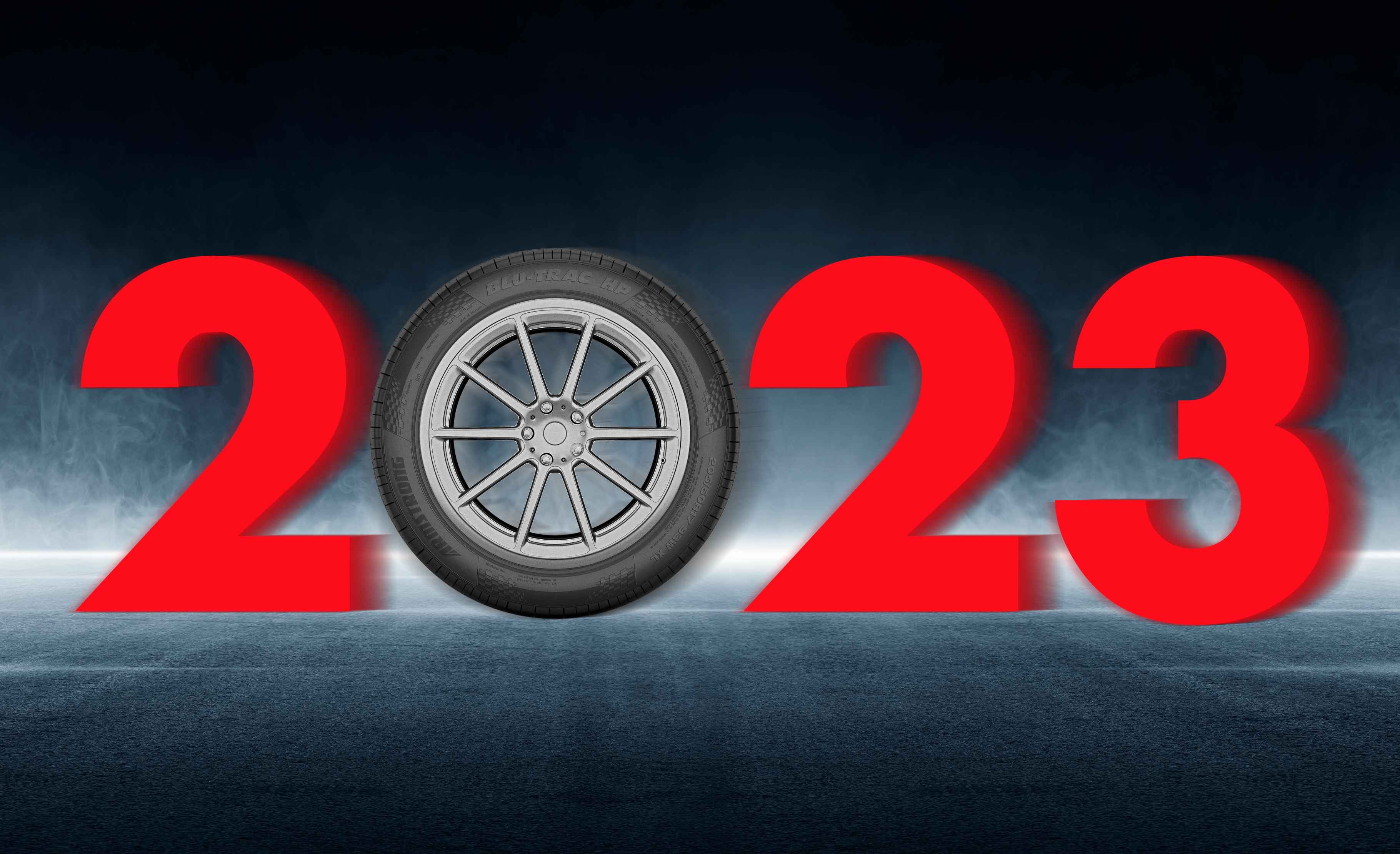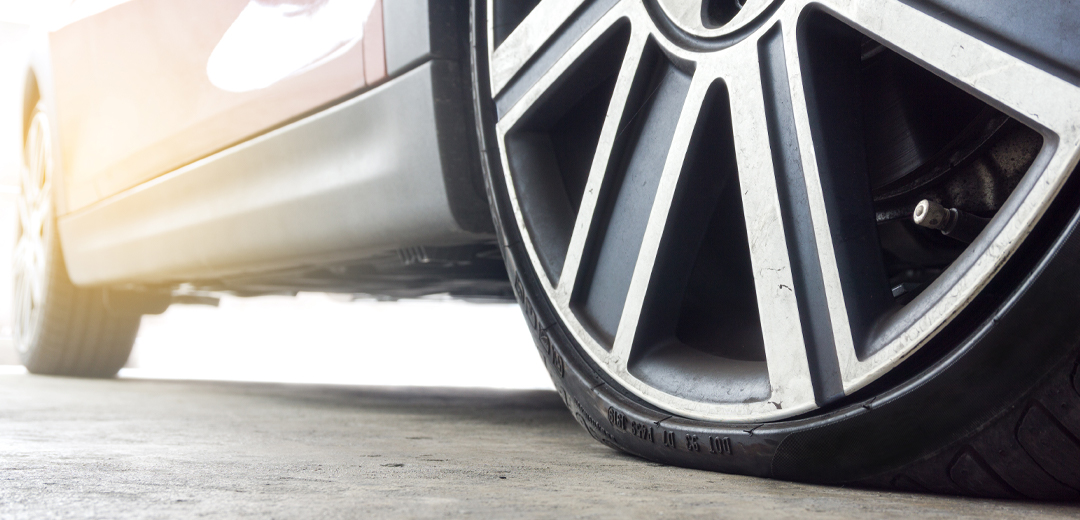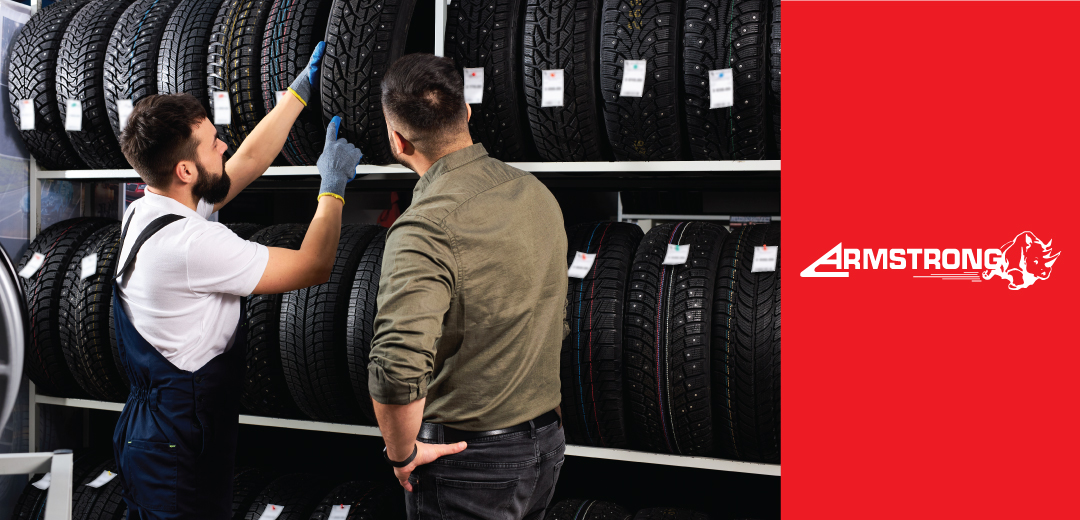
Wheels essentially mark the beginning of civilization. From the wooden discs from the stone age to the modern-day high-performance terrain tyres the world has come a long way. With a plethora of options and specs out there today, choosing the right tyre is imperative for both your vehicle and you. After all, tyres are the sole thing that connects automobiles to the road surface. Furthermore, selecting a decent pair of tyres for your automobile is important since they improve your vehicle's acceleration, braking, and handling. Good tyres can also help with fuel economy. Cheap quality tyres, on the other hand, might provide an uncomfortable and rough ride. TYRE TYPES Currently, there are two kinds of tyres; Tube tyres and Tubeless ones. When choosing between them, tubeless tyres should always be chosen since they are considerably more sophisticated and safer than tube-type tyres. They offer a few additional benefits aside from this. Plus, tubeless tyres do not require the purchase of alloy wheels. The rust-free and anti-rust steel wheels will work well with them too. PASSENGER & LIGHT TRUCK Let's begin with the tyre size sequence. Your tyre's size code may be located on the sidewall. The code begins with the letters P or LT. P is an abbreviation for P-metric or passenger. Tyres with a size beginning with P are designed for use on passenger cars. LT, on the other hand, is an abbreviation for 'light truck'. Passenger tyres are intended for cars that transport passengers. Using passenger tyres on a vehicle designed to handle significantly larger freight is not a smart idea. The capital P of the tyre measurement number P215/65R15 may be seen in the tyre image above. This denotes that the tyre is from a passenger car. The tread width of the tyre is 215 (mm) . The percentage of the tread width that contributes to the sidewall height is 65 (percent). R refers to the tyre's radial structure. The diameter of the wheel is 15 (inches). Look at the sidewall of any of your tyres and take note of the numbers and letters on it to determine the size. The data will enable you to look for tyres that fit your vehicle. TREAD PATTERN Another crucial step is selecting the tread pattern of your tyres. Tyre tread patterns have a huge impact on the performance of your vehicle in a variety of weather conditions, determining how well it will perform. Car tyres have treads that deteriorate with time. Grooves are patterns on the treads. These grooves aid the tyre's traction on the road, even in wet conditions. As a result, it is critical that the tyre remains in good condition for as long as feasible. The treadwear number indicates how long it will take for the tread to wear out. If your tyre has a comparatively higher treadwear value, the tread of your tyre will last a long period. For example, a treadwear number of 220 indicates that the tyre treads will survive longer than a lower treadwear number. TEMPERATURE GRADE Road friction creates a lot of heat. The temperature indicator indicates how much heat the tyre can withstand. The temperature grade of a tyre is A, B, or C. A-rated tyres can resist the highest heat without being damaged.
These are some of the basic features one should look for while looking to buy a tyre. Never compromise on your safety on the road. Buy Armstrong tyres from a dealer near you.
.jpg)
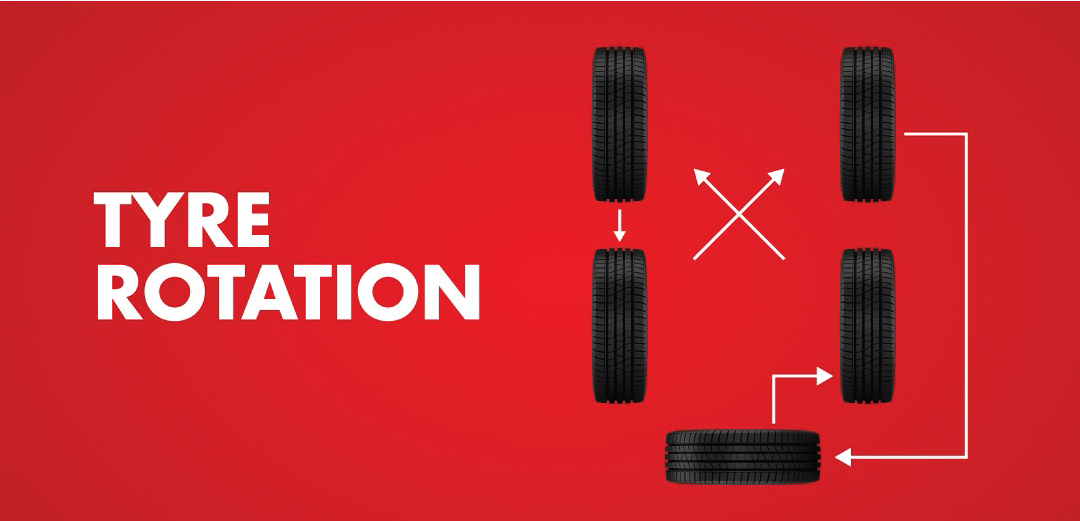

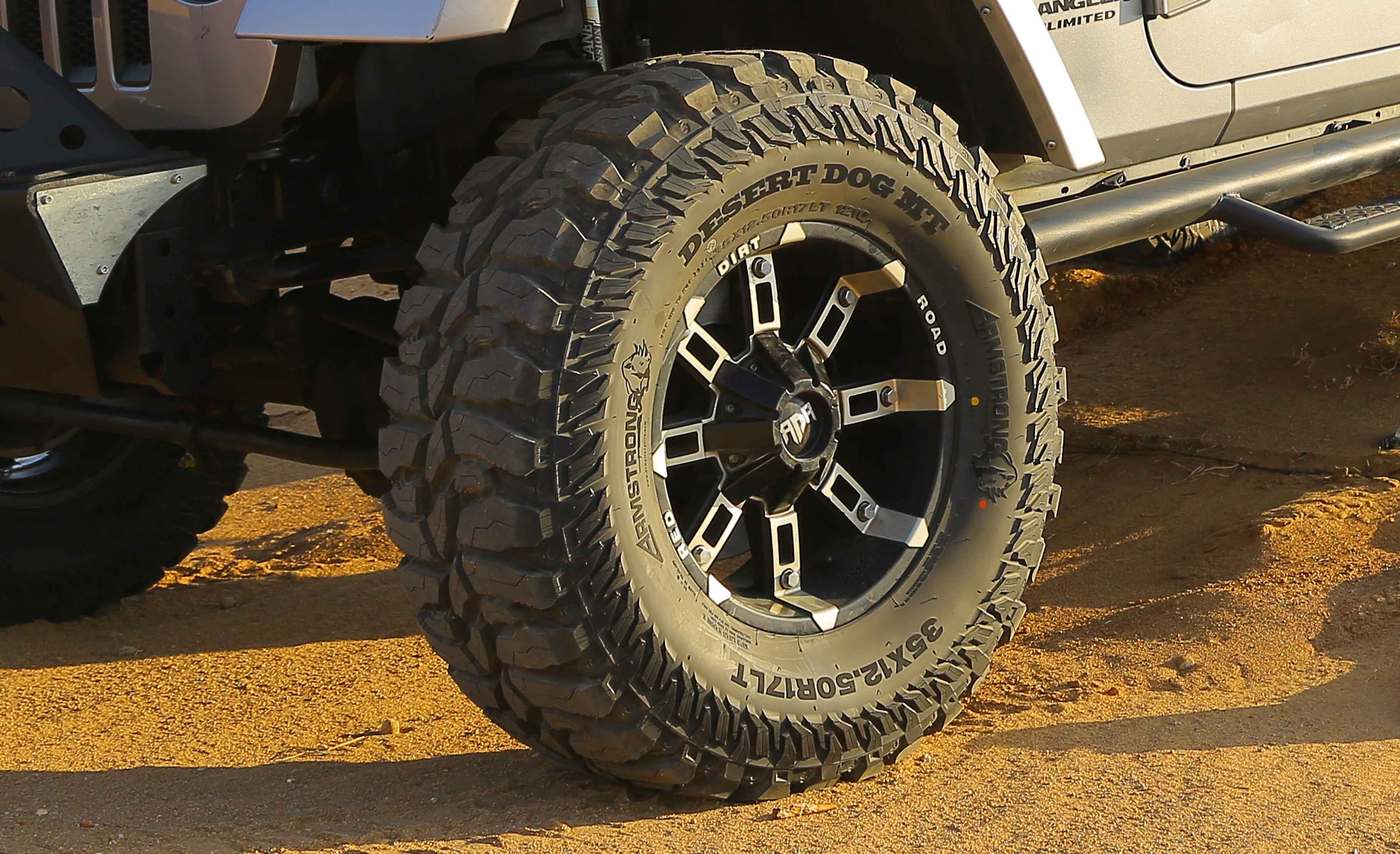
Armstrong Tyre's Guide to Safe Summer Driving in MEA: Tips, Tricks, and Tyre Safety
13-Jul-2023
Read More